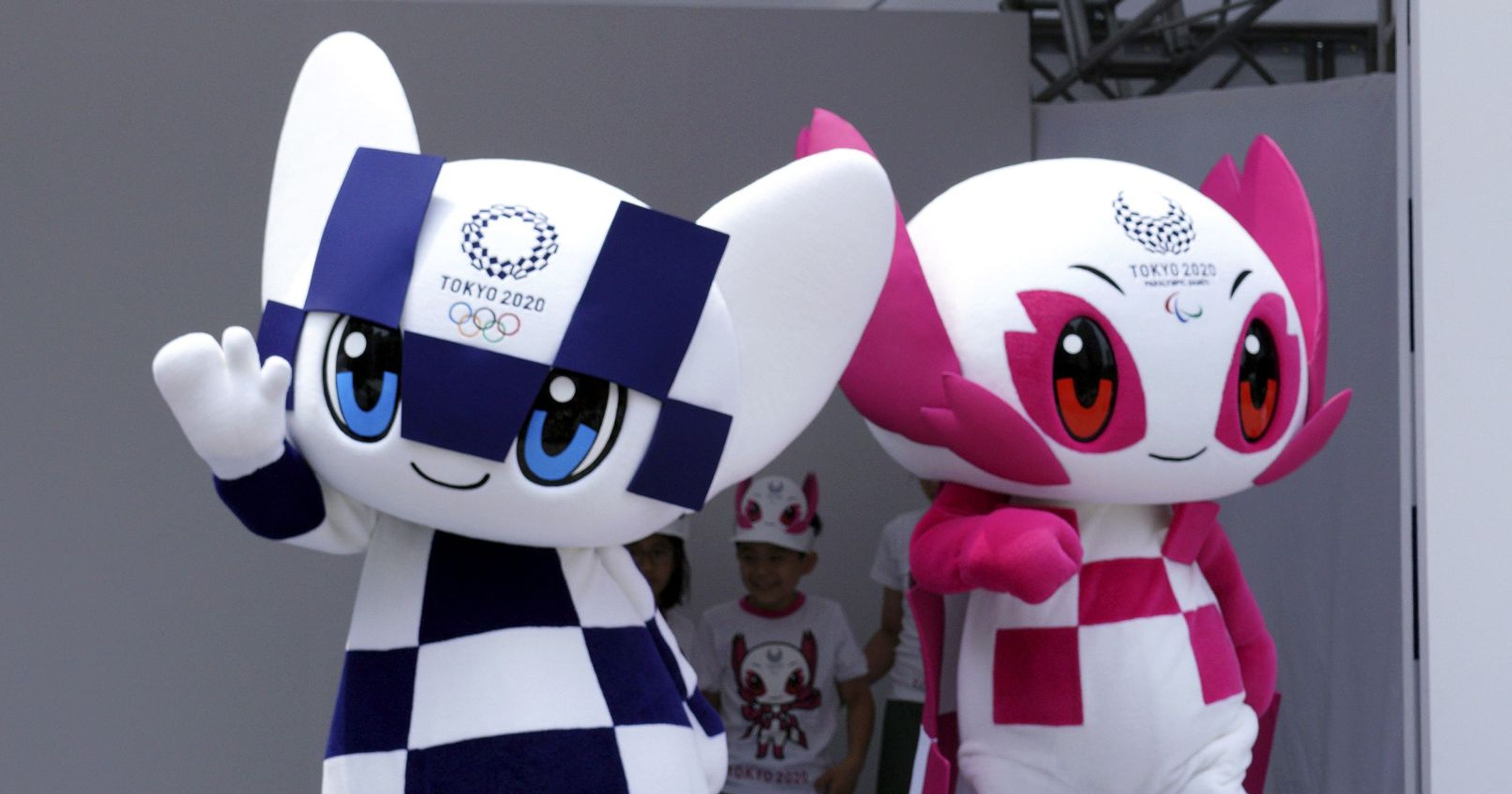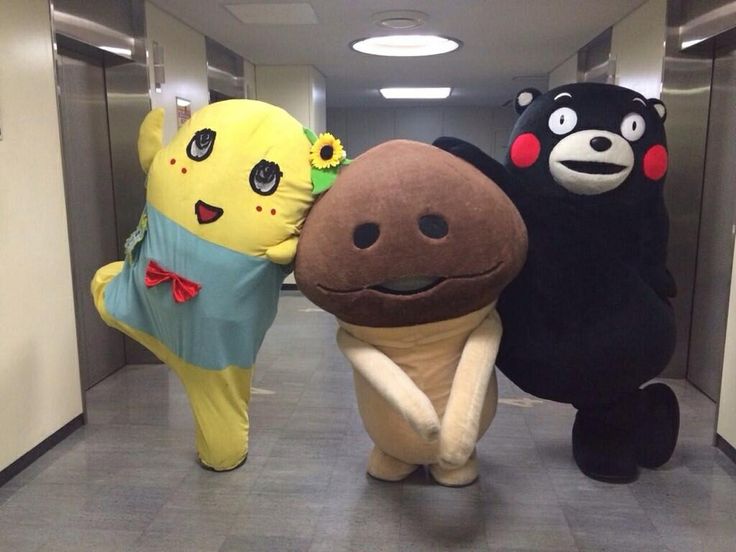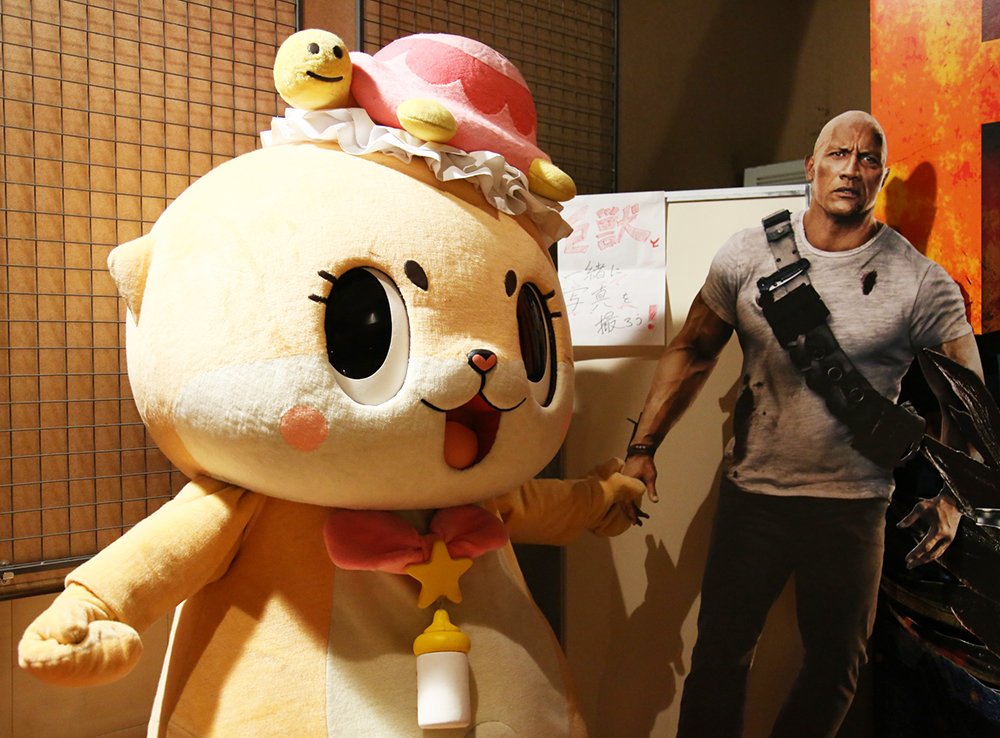The Japanese Mascot Tradition
Japan holds impeccable cultural importance and that is what it is famous for. They say that the country is one of the most beautiful ones on this planet. Japan has its typical cuisine, people, technology, language and many other numerous things. A lot of rich history comes along when we talk about Japan, today we will talk about the Japanese Mascot tradition also known as the ‘Yuru-Chara’. Japanese were the first people to introduce the mascot cult and today it’s all around the world. In Japan there are mascots for almost everything; let’s know more in this post.

Do you have similar website/ Product?
Show in this page just for only
$2 (for a month)

0/60
0/180
The Japanese Mascot Tradition 


Japan holds impeccable cultural importance and that is what it is famous for. They say that the country is one of the most beautiful ones on this planet. Japan has its typical cuisine, people, technology, language and many other numerous things. A lot of rich history comes along when we talk about Japan, today we will talk about the Japanese Mascot tradition also known as the ?Yuru-Chara?. Japanese were the first people to introduce the mascot cult and today it?s all around the world. In Japan there are mascots for almost everything; let?s know more in this article.

Mascots are used as a promotion, in Japan Yuru-chara (?????) is a Japanese term for a category of mascot characters; usually created to promote a place or region, event, organization or business. They are characterized by their Cute (Kawaii) and unsophisticated designs, often incorporating motifs that represent local culture, history or produce. They may be created by local government or other organizations to stimulate tourism and economic development, or created by a company to build on their corporate identity. They may appear as costumed characters (Kigurumi) at promotional events and festivals. \
Yuru-chara has become a popular and lucrative business, with character-driven sales reaching nearly $16 billion in Japan in 2012. Popular Yuru-Chara includes Kumamon and Funassyi, who have gained international recognition and have reached celebrity status in Japan.

Origin
The term was coined by illustrator and cultural critic Jun Miura in the early 2000s, and despite the negative connotations the title has been embraced by fans and promoters.
Miura has stated that there are three main requirements that make a yuru-chara:
? It must convey a strong message of love for one's hometown or local region
? The character's movements or behavior should be unique and unstable or awkward
? The character should be unsophisticated and lovable. Also, the mascot must exist in Kigurumi form i.e. with costumes
Mascots are often designed by amateur artists, and many designs are seen as naive or poorly executed. Recently a mascot named ?Chiitan? gained much popularity on social media; it is the unofficial mascot of the Japanese city of Suseki. It is an otter mascot with an inverted dish as its cap. Funny! Isn't it?

Yuru-chara gatherings have made world records as well. They have been involved in creating two Guinness World Records:
The Largest mascot dance: 134 mascots danced together in Huis Ten Bosch theme park in 2013.
The Largest gathering of mascots: 376 mascots at the 4th annual Yuru-chara Summit in Hany?, 2013
.
CONTINUE READING
The Japanese Mascot Tradition
Japanese Mascots
Yuru-Chara
Chiitan
Tokyo 2020 Mascots
Japan
Japanese Culture
The importance of Mascots in Japan
Internet
News
International
Culture
Sandeep Semwal
Content Writer
